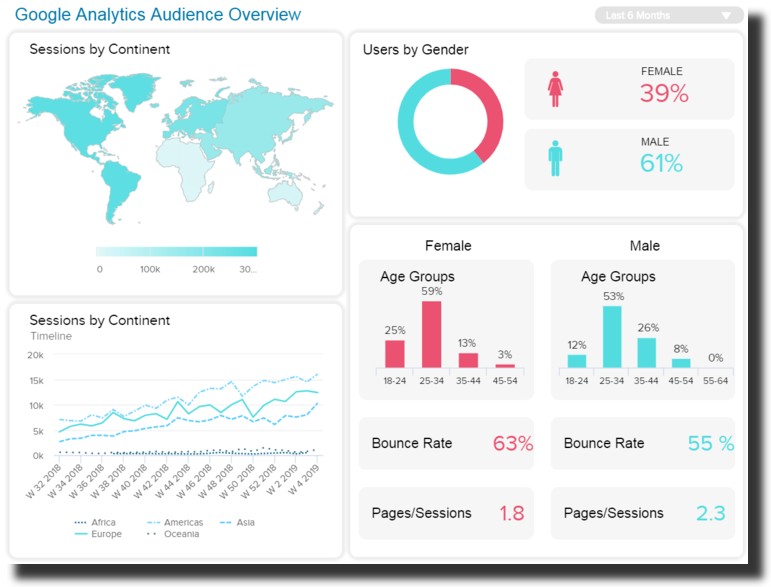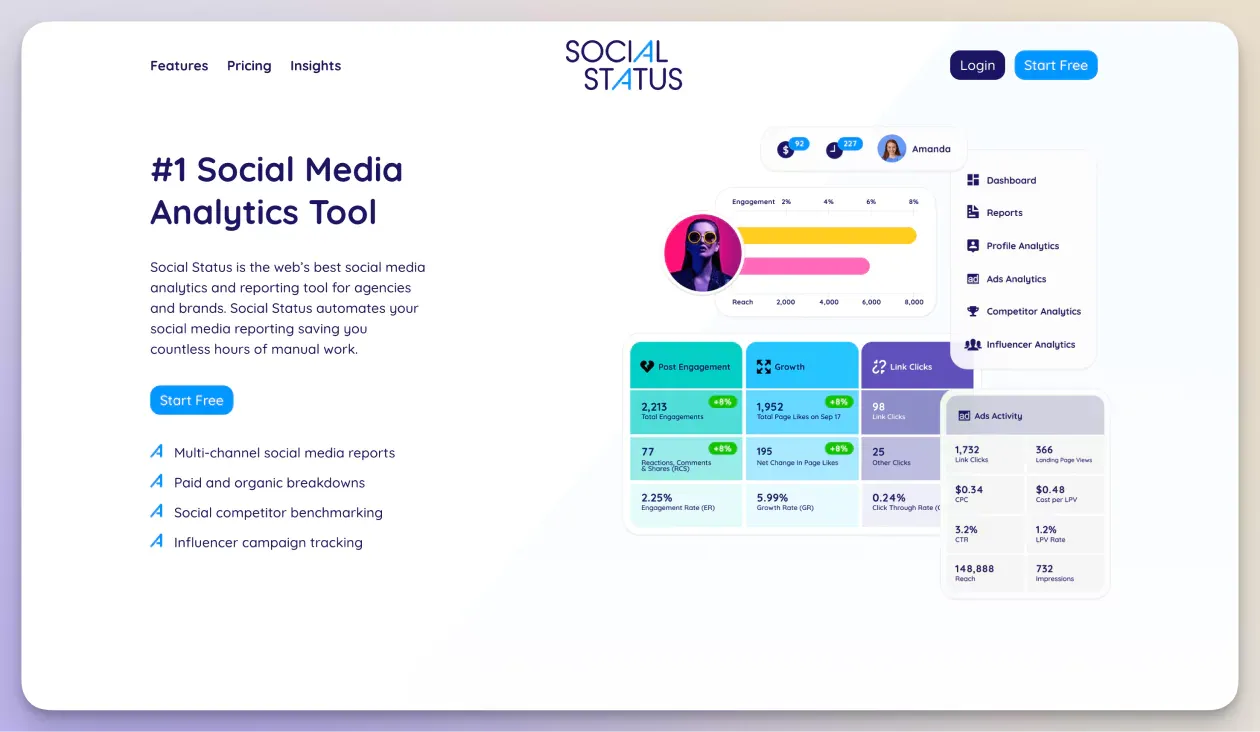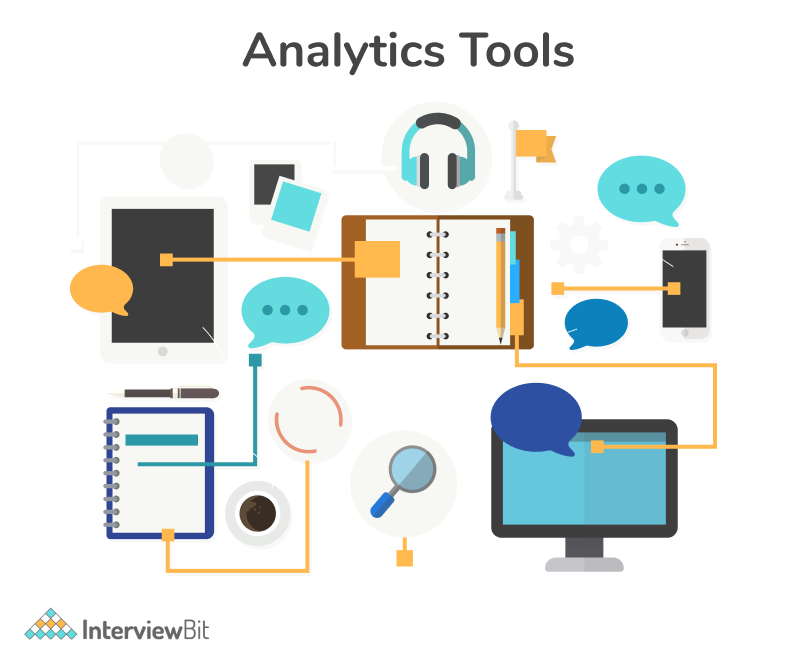Increase Performance and Productivity Via Data Analytics
In today's data-driven landscape, companies are progressively acknowledging the essential duty of data analytics in enhancing operational performance and earnings. By systematically evaluating information, companies can discover important understandings that educate strategic decisions, enhance processes, and tailor consumer experiences.
Understanding Data Analytics
In today's data-driven landscape, understanding data analytics is important for companies intending to boost operational effectiveness and drive success. Information analytics includes the systematic computational analysis of data sets to discover patterns, correlations, and insights that inform decision-making. By using various methods, such as analytical analysis, artificial intelligence, and predictive modeling, organizations can transform raw information into actionable knowledge.
The process commonly starts with data collection, where relevant info is gathered from numerous resources, consisting of transactional data sources, consumer interactions, and market patterns. This data is then cleaned and organized to make certain accuracy and uniformity. As soon as the data is prepared, analytical devices and software application are utilized to check out and picture the information, allowing stakeholders to recognize patterns and anomalies.
Inevitably, comprehending information analytics equips companies to make informed choices based upon empirical proof instead than instinct. It promotes targeted approaches that can enhance source allotment, improve client fulfillment, and boost total efficiency. As organizations progressively recognize the worth of data-driven understandings, a strong grasp of data analytics becomes an essential expertise for groups and leaders alike, placing them for sustained success in an affordable environment.

Key Benefits for Businesses
Businesses that utilize data analytics can unlock a multitude of advantages that substantially enhance their operations and earnings. One of the key benefits is improved decision-making. Data analytics provides workable insights stemmed from real-time data, enabling companies to make informed options that straighten with market needs and customer preferences.

In addition, data analytics fosters enhanced consumer experiences. By understanding consumer behaviors and choices, companies can tailor their offerings, resulting in boosted complete satisfaction and commitment. This customized technique frequently causes higher conversion prices and repeat business.
Furthermore, data analytics makes it possible for services to recognize arising patterns and possibilities. By remaining ahead of the curve, companies can take advantage of brand-new markets and developments prior to their competitors.
Applying Data-Driven Approaches
Successful execution of data-driven methods calls for an extensive understanding of both readily available data and organizational goals resources. Organizations needs to first define their goals plainly, making certain placement between data campaigns and tactical objectives. This clearness enables groups to focus on pertinent metrics and understandings that drive decision-making.
Following, organizations ought to assess their existing information infrastructure. This entails examining data quality, access, and combination capacities. Premium data is essential for exact evaluation, as inadequate data can lead to illinformed methods and wasted sources. Organizations has to establish processes for data collection, cleansing, and monitoring to maintain data integrity.
Additionally, fostering a data-driven culture is essential. Staff members in all degrees must be encouraged to utilize data in their day-to-day procedures. Training workshops and programs navigate to this website can boost information literacy, equipping personnel to make educated decisions based upon logical insights.
Tools and Technologies Introduction
A robust suite of technologies and devices is vital for organizations aiming to harness the complete capacity of data analytics. These devices promote the collection, handling, and visualization of data, enabling businesses to obtain workable understandings.
At the foundational level, data administration platforms such as SQL databases and NoSQL systems supply effective data storage space and retrieval capacities. For information handling and evaluation, programs languages like Python and R, in addition to structures such as Apache Glow, make it possible for complex computations and equipment knowing applications.
Visualization tools, including Tableau and Power BI, change raw information into user-friendly graphical formats, making insights easily accessible to stakeholders in any way levels. Additionally, cloud-based platforms like Google Cloud and AWS supply scalable storage space and handling services, accommodating the expanding quantities of data companies come across.
For sophisticated analytics, predictive modeling and AI-driven options are increasingly adopted, permitting business to anticipate trends and boost decision-making procedures. Integrating these devices into existing operations is critical; companies that successfully leverage this technology can substantially improve operational effectiveness and drive productivity. Therefore, buying the right devices other and innovations is a critical important for any type of data-driven organization.
Situation Researches of Success
Leveraging data analytics has actually led many companies to achieve remarkable renovations in effectiveness and earnings. One notable case is a big retail chain that executed anticipating analytics to maximize inventory management. By evaluating historic sales data and consumer trends, the firm minimized excess stock by 30%, leading to significant expense savings and boosted capital.
Another instance can be found in the production market, where a leading auto manufacturer used data analytics to improve its manufacturing processes. By keeping an eye on device efficiency in real-time, the company determined inefficiencies and bottlenecks, causing a 20% look at this site increase in total equipment effectiveness (OEE) This not only boosted production prices however also reduced downtime and upkeep expenses.

These situation researches highlight exactly how data analytics can drive calculated decision-making, enhance procedures, and eventually improve both performance and profitability across various industries.
Final Thought
In conclusion, the combination of data analytics into service procedures provides significant possibilities for improving effectiveness and success. By systematically analyzing data, organizations can determine inadequacies, maximize client experiences, and make notified choices. The adoption of anticipating modeling and real-time surveillance better allows businesses to stay ahead of arising patterns and allocate sources efficiently. Eventually, the critical execution of data-driven methodologies cultivates continual affordable benefits and drives significant enhancements in functional performance and financial outcomes.
In today's data-driven landscape, recognizing data analytics is important for organizations aiming to enhance operational efficiency and drive earnings. Information analytics involves the organized computational evaluation of information collections to discover patterns, relationships, and understandings that inform decision-making. Data analytics provides workable understandings acquired from real-time data, permitting companies to make educated choices that line up with market needs and consumer choices.
Premium information is crucial for exact analysis, as inadequate information can lead to misguided techniques and lost sources. Organizations has to establish procedures for data collection, cleansing, and monitoring to preserve data honesty.